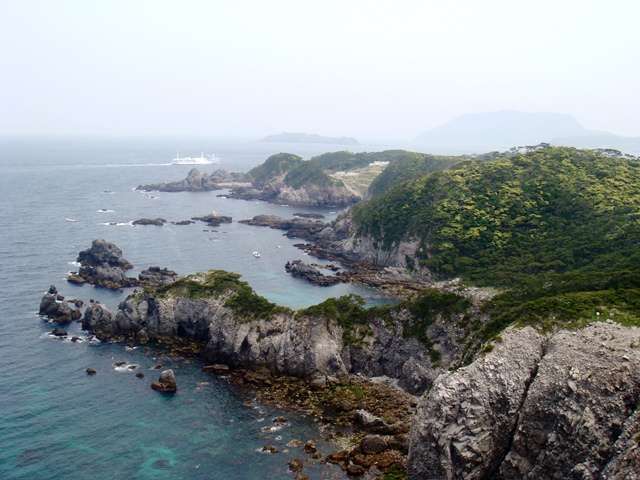8-Year-Old Norwegian Girl Discovers Neolithic Flint Knife Among Stones on School Playground
Flint was among the first tool technologies that humans mastered—a hard substance sharp enough to skin an animal and even perform surgery

Ten years after the Tōhoku earthquake and tsunami hit eastern Japan and knocked the Fukushima Daichi nuclear plant into meltdown, a new 1,000 kilometer hiking trail, spanning the length of the island of Honshu, is revitalizing local communities.
The Michinoku Costal Trail offers stunning views of the Pacific, including rugged, rocky coastline, Japan's highest cliffs, fertile seas studded with rock spires, sheltered pine forests on old hills, and white sandy beaches.
Named after the ancient word for the Tōhoku region through which much of the trail passes, it's 1,000 kilometers start in Hachinohe City in Aomori Prefecture and travel up to Soma City in Fukushima. Between those points the trail brings hikers through fishing villages and other small communities that were reduced to flat rubble by the tsunami.
The 2011 tsunami followed the fourth most-powerful earthquake observed since human recording began: a magnitude 9.0 shudder that shifted the Earth's axis, and sucked the ocean out into the Pacific before spitting it back at the Land of the Rising Sun. Millions of buildings were destroyed, and the subsequent $300 billion relief efforts included the Michinoku Coastal Trail from the beginning as a way to funnel tourist revenue into the worst-hit communities.
"Nature, born from the bonds between forest, village, river, and the sea, and the stories spun therefrom, are the beauty that exists only on this trail," write the trail's organizers. "People's lifestyles are passed on through this trail, and we hope they will ultimately be passed on into the future."
Among these lifestyles one can see are morning trips on one-man mackerel boats, launched from sheltered bays and inlets surrounded by nature. Locals are also offering cultural immersion in the form of cooking classes and salt-making workshops, and tours on their fishing boats out along the coast or for scuba-diving.
BBC Travel reports that news of the trail's charms are growing but that the pandemic has prevented its blossoming. At the Natori Trail Center, English-trained guides help foreigners organize their trip along the Michinoku. The Managing Director, Kumi Aizawa, told the BBC that locals have a deep appreciation for thru-hikers, and that language barrier or none, a hiker isn't alone in the rugged countryside.
"After the tsunami, there were lots of volunteers who came from outside Tohoku to support locals. Now there are locals who want to give something back to visitors—whether that's a place to put up a tent, or giving food and water," Aizawa said. "When my 18-year-old daughter through-hiked the trail, there was one old man who was so worried about her camping in the mountains that he gave her a room and fed her."
WALK This Adventure Opportunity Over to Your Buddies…
Be the first to comment